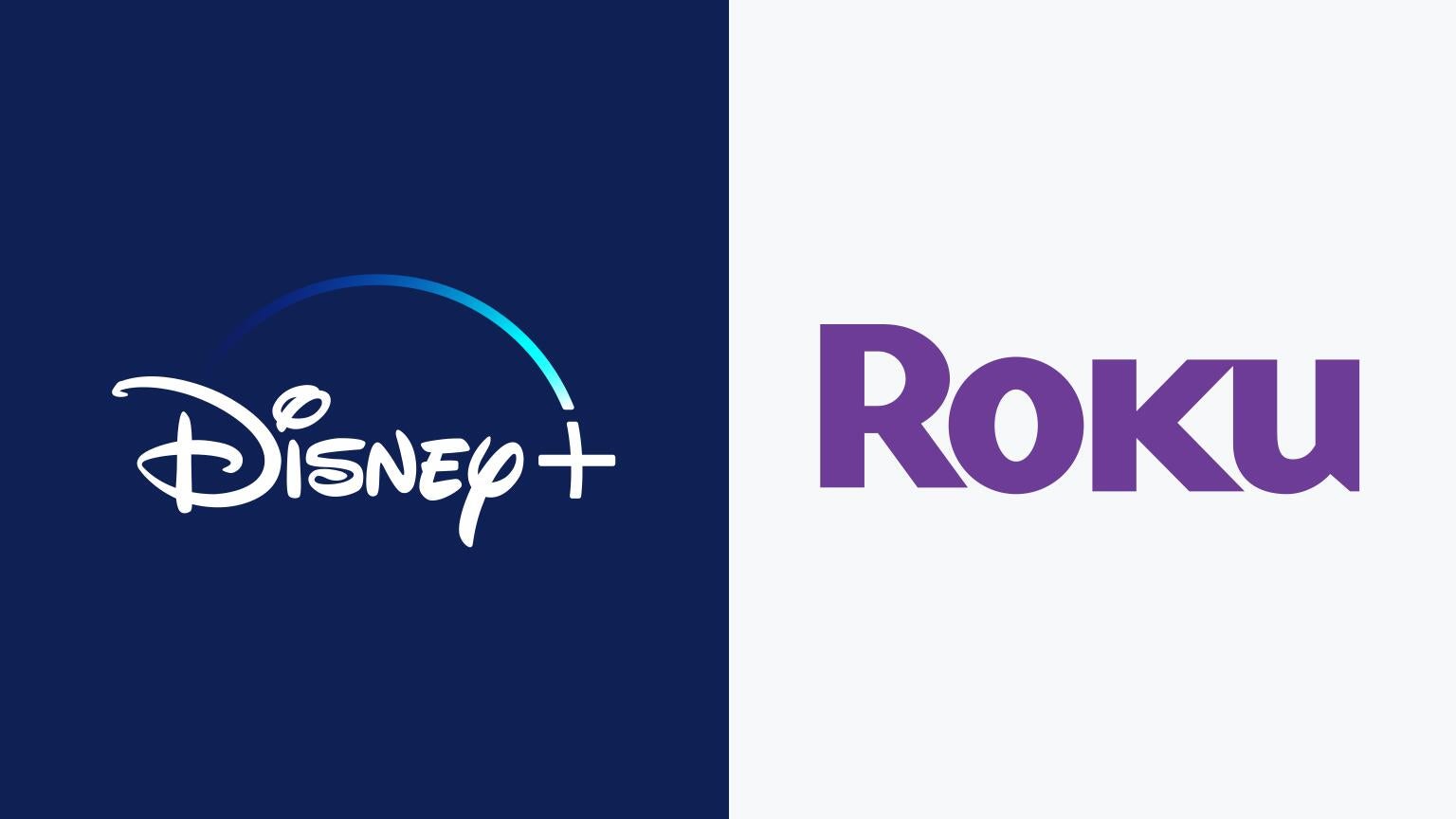
It’s no secret that US subscription numbers are dwindling. The kindling for the fire of the great streaming wars is nearly exhausted domestically. Disney, Netflix and Hulu are all experiencing stalled growth in the US to the disappointment of analysts, executives and investors. But manifest destiny has a way of turning its head forever outward. The potential for international subscribers is magnitudes more appealing than peeling US streamers to one platform from another or pulling the last holdouts of cable into the streaming world they’ve likely resisted for a reason. And the economic incentives for expanding internationally have streaming executives salivating.
We’ll take a look at two massive streaming giants’ strategies as they navigate a global economy. Roku and Disney are markedly different. Roku sells a platform from which you can access Disney’s products, and Disney sells a streaming service. Roku has its own free streaming channel available on its platform as well which does compete with Disney+ and Hulu.
As you can see, the lines between businesses are beginning to blur in the streaming landscape, and one’s individual niche often determines your business strategy going forward. What these firms can’t escape is that the only way forward is abroad.
Roku (The Partner)
Yesterday, Roku announced that by hours watched it is the number one streaming platform in Mexico. And they thanked their partners, which isn’t a mistake. Roku has methodically partnered with firms around the globe in an effort to expand their own footprint.
“We are proud to be the #1 TV streaming platform in Mexico, and that is thanks to the consumers who have enjoyed our streaming players over the past six years, our Roku TV partners that chose to build TVs using Roku’s operating system, our retail partners for working with Roku to showcase our products to consumers, and our content partners that have worked with Roku to bring their entertainment to our users,” said Arthur van Rest, vice president of International at Roku.
Roku’s strategy of partnering for international expansions seems to be paying off. What makes sense is that partners provide cultural expertise and resources that make liftoff substantially easier. If you’re looking to move quickly and minimize your investment risk, partnering is preferable to going in alone especially when you’re tackling multiple international expansions at once. Partners can provide an offset for your managerial resources.
Roku
Roku is a streaming device that can be used to watch Live TV Streaming Services and On Demand Streaming Services.
Limited Warranty
Your Roku probably isn’t covered against mishaps and malfunctions. We’ve partnered with 5Devices to give The Streamable readers a protection plan for any internet-connected device, including your Roku, iPhone, etc starting at $2.67 per device per month. And the good news is that it covers devices you already use (ie. no need for proof of new purchase).
Kenichi Ohmae in Harvard Business Review elaborates on this point, “companies are just beginning to learn what nations have always known: in a complex, uncertain world filled with dangerous opponents, it is best not to go it alone. Great powers operating across broad theaters of engagement have traditionally made common cause with others whose interests ran parallel with their own. No shame in that. Entente—the striking of an alliance—is a responsible part of every good strategist’s repertoire. In today’s competitive environment, this is also true for corporate managers.”
Partnering is the hallmark of Roku’s international strategy, but to hear their executives tell it, it’s actually their product. Depending on the country they generally enter a market with players and eventually roll out Roku TVs. Players are logistically simpler, more compatible with diverse technical ecosystems and a more interesting, novel technology so it’s no wonder Roku enters a market with players at their vanguard. Other markets require TVs to be at the forefront of Roku’s marketing strategy for whatever reason. Research into consumer insights may reveal that players are generally frowned upon in certain markets and TVs scratch a well-known customer itch. Whichever they start with, they end with both.
“We view the international opportunity as a big opportunity. Streaming is a global phenomena. The shift to streaming around the world continues. Our overall strategy is to basically copy what has worked for us in the U.S. and use that internationally. So that’s basically build scale through both TVs and players. That’s how we’ve done it in the U.S., and that’s what we’re doing internationally, increasing engagement and then as scale builds, develop monetization techniques,” said Anthony Wood, CEO of Roku. “We do enter markets sometimes with TVs first, sometimes with players first, but our goal is to have both of them available in every market from multiple vendors and multiple SKUs. So for example, when we entered the Brazilian market, we entered with TVs. We just entered the German market, we entered first with players. But in all markets, we eventually have players and TVs, and usually it doesn’t take that long.”
He goes on to say that the launch of players in Germany was quickly followed by offering over 2,000 channels on their German platform, which requires extensive content partnerships. They’re working with a well-known Brazilian TV manufacturer and are also coordinating with an international TV manufacturer to supplement their local efforts. And he says that Chile and Peru are next on their global hit-list.
“It’s the same strategy we have in the U.S., which is focused on players and TVs,” said Wood. But business analysts would disagree. Roku’s strategy of partnering is unique to their international efforts in that international partners carry with them a whole set of other evaluation criteria. Partnering abroad is well-founded in research and puts Roku in a differentiated position to be a sustainable juggernaut of global streaming.
Disney (The Dominator)
Disney’s massive resources put it in a unique position. Disney doesn’t necessarily need to partner internationally. Their products have swept the globe for decades, and their bank accounts have reaped the rewards. Disney is in the position to leverage its global operations, massive content library and hefty resources towards worldwide success. As anyone who has played poker knows, the player with the most chips dictates the pace of the game.
Get Disney+, Hulu, and ESPN+ for just $14.99 a month ($12 savings).
Disney’s a little more focused on Asia than Roku. Disney+ recently came to Hong Kong, Taiwan and South Korea and relaunched in Japan joining Finland, Norway, Portugal, Sweden, the United Kingdom, Ireland, Indonesia, Latin America, Réunion, Mayotte, Mauritius, the Isle of Man, Canada, the Netherlands, Italy, Spain, Switzerland, France, India, Belgium, French Guiana, New Caledonia, Austria, Germany, Denmark, Iceland, Monaco, Wallis and Futuna, French West Indies, and Singapore.
Roku has the luxury of focusing on technology. Disney, in order to keep their current subscribers and attract even more to the demands of investors, has to pump out content. And international studios offer cheaper talent and content suited for global tastes. Disney’s already announced their intention to make over 50 Asian originals by 2023.
“Obviously, because of the global success of Korean content, we’re seeing it in a very pronounced way here. South Korea is the leading end of the spectrum,” Disney’s Asia-Pacific president, Luke Kang told The Hollywood Reporter. “So what we’re doing is really leveraging the depth of our relationships in the market…We’ve been laying the groundwork for this in South Korea for a couple of years now — in a very step-by-step, methodical way. And we feel that we have secured a lot of the top titles, talent and production partners.”
Disney isn’t just utilizing Disney+. Brands like Hulu, Hotstar, Star and ESPN+ are all a part of the Disney portfolio being utilized in their quest for global domination. And, to some extent, its working. Disney is expected to surpass Netflix, the current global lead for subscribers, by 2027. Though that estimate is a pushback of two years. The original report had Disney beating Netflix by 2025, but Disney’s poor subscriber numbers in the last quarter made the authors revise their findings. What’s clear is that the majority of those subscribers that they need to add to beat Netflix will not come from the US.
The Big Picture
Roku and Disney are two of the larger players in a global content war. Sports, news, scripted and non-scripted entertainment is shifting to the internet from cable providers at a greater pace daily. And pieces of business strategy such as partnering and ramping up international production will be key to long-term viability in this business.
Those who crack the code for international expansion will reap massive economic reward.
Disney+
Disney+ is a video streaming service with over 13,000 series and films from Disney, Pixar, Marvel, Star Wars, National Geographic, The Muppets, and more. It is available in 61 countries and 21 languages. It is notable for its popular original series like “The Mandalorian,” “Ms. Marvel,” “Loki,” “Obi-Wan Kenobi,” and “Andor.”

